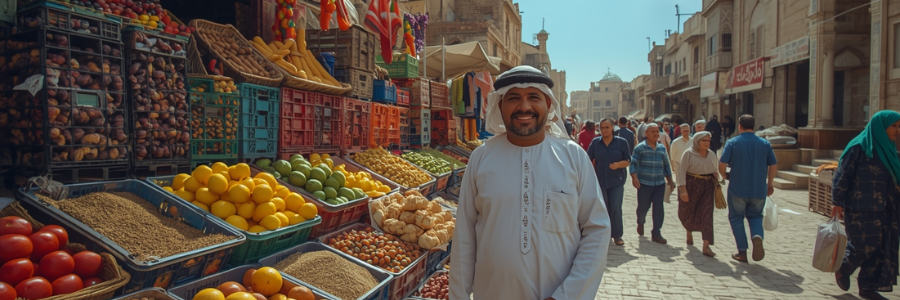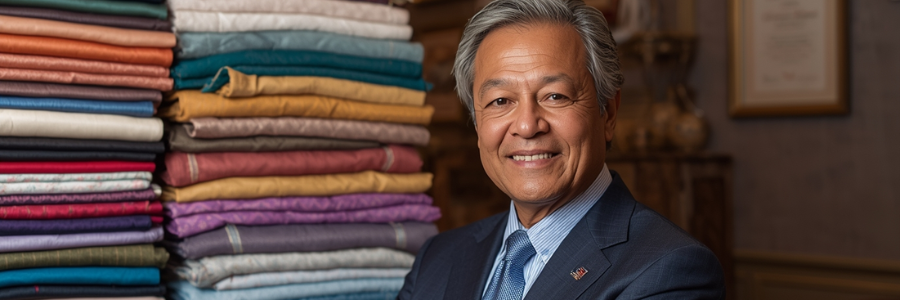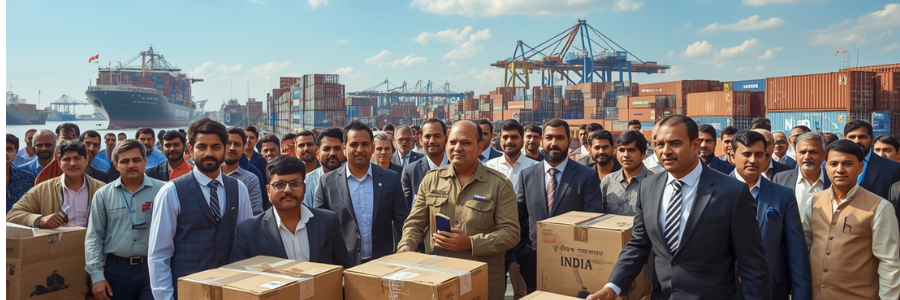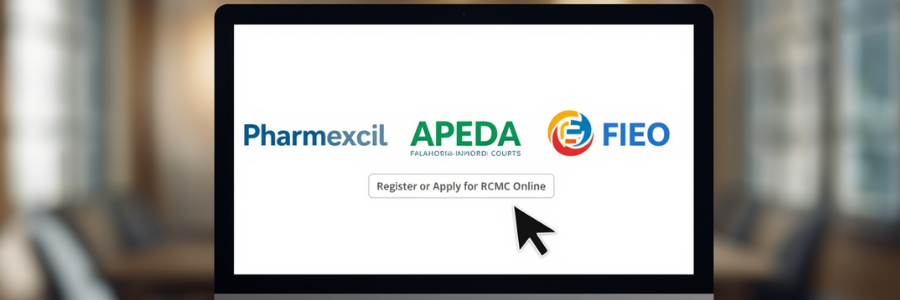Case Study: How RCMC Helped a Leather Exporter Qualify for DGFT Schemes?
Staying compliant with regulatory rules is essential in the competitive arena of global business. From the government of India, the leather exporters receive significant support. In addition, they further receive the potential support from the Directorate General of Foreign Trade (DGFT). This regulatory authority offers various schemes to increase the leather export revenue. But, solving the complexity of documentation and compliance requirements might be daunting. This is where the Registration-cum-Membership Certificate performs the instrumental role. In this case study, we will discover how the RCMC certificate enables the leather exporters to avail the DGFT incentive schemes, including how they get the export opportunities.
1. Take Advantage of Government Schemes with RCMC Certificate for Export
In order to avail themselves of the government schemes or incentives offered by the DGFT, the leather exporters must obtain a valid RCMC document. With this certificate, the leather exporters can access the schemes such as the Merchandise Exports from India Scheme (MEIS) and the Export Promotion Capital Goods Scheme (EPCG). The certificate also facilitates seamless goods customs clearance and complies with the law.
Case Study: RCMC Registration Helped to Qualify DGFT Schemes
To understand this case study, let’s take the example of a company. There is a Global Leather company with the XYZ name in India. This small-sized Indian leather company was recently established its empire and exports premium-quality leather goods. Now, due to the stringent rules and tough competition in markets, it is looking for government support. To gain the international markets with schemes and incentives, it obtains the Registration-Cum-Membership Certificate (RCMC). Before RCMC, they were dealing with a lack of government support despite having the IEC (Import Export Code). Due to an invalid RCMC registration certificate, XYZ Global Leathers export company failed to gain a competitive edge and unlimited incentives.
2. Global Leather Export Faced Challenges
Despite being active in markets and having the valid documents, the Global Exporters were facing significant challenges, such as:
- High Operational Fees: They were suffering from the high production costs. This is because they were restricted from claiming duty exemptions and exemptions on raw materials.
- Limited Market Expansion: Due to a lack of a major document, they were not allowed to participate in government-sponsored trade events, programs, and exhibitions.
- Reduce Credibility: The international buyers only preferred those who had significant credibility in the market. The least credible are those who do not register with the right EPC.
3. Solution: Obtain the RCMC from the Council of Leather Exports (CLE)
When the Global Leather Exporters come to know about the importance of RCMC, they follow this crucial step:
Step 1: Navigate the DGFT portal
The owner of the company made an account on the DGFT portal by using the IEC credentials.
Step 2: Select the Right EPC
Go to the Council for the Leather Exports (CLE) based on their principal business. It is their primary business regulatory authority who active for the export of leather products.
Step 3: Documents Submission
As per the requirements, the global leather company will register with the Council for the Leather Exports in advance and any/all necessary undertakings (attached). The major documents it provided are:
- Copy of Import-Export Code (IEC) number
- GST registration certificate
- Copy of the company’s Permanent Account Number
- As per the Leather Export Council, the complete RCMC application form
- Bank certificate copy issued by the current bank
- For the company registration proof, MOA, AOA, partnership deed, or trust deed
- For the online application, the Digital Signature Certificate (DSC)
Step 4: Verification by CLE
The Council of Leather Exports (CLE) will verify the submitted documents and the application form to ensure accuracy.
4. Outcome: Access to DGFT Schemes and Incentives
After the successful RCMC registration, the exporters were eligible to claim the export benefits and incentives. This crucial certificate helped a lot in the global leather export company to grow its business credibility. After the complete RCMC certification, the schemes they experience:
|
Duty-Free Import Scheme (DFIS) |
With RCMC, the Global Leather Export company utilizes the features of the DFIS scheme. It enables them to import the goods duty-free. It means they didn’t pay the import duty charge, which drastically minimizes the production cost. |
|
Export Promotion Capital Goods (EPCG) Scheme |
This scheme allows exporters to import restricted goods, such as equipment and machines, at zero customs duty. With the complete minimization of customs duty, the industry majorly focused on its production facility. |
|
Remission of Duties and Taxes on Exported Products (RoDTEP) Scheme |
With the valid RCMC certificate, the Global Leather Exporters can get access to claim rebates on duties and taxes. It shapes the industry’s pricing structure. |
|
Market Access Initiative (MAI) Scheme |
The company gets a ticket to become a part of CLE-sponsored trade fairs and exhibitions. |
|
Industry Intelligence |
With the CLE membership, the exporter gained access to join their workshops, seminars, and other events related to market updates. |
5. Final Thoughts | RCMC Registration with Leather Export Promotion Council
This case study explores how the RCMC certificate proved as the game-changer for the “Global Leather” export company. This export certificate converts a simple entity into a legitimate one in competitive markets. With the RCMC certification, they unlock the market opportunities and facilitate smooth customs clearance with multiple schemes. Access to the DGFT scheme portfolio reduces the extra production cost and enables expansion into global markets. Streamlining your registration journey with LegalRaasta professionals.
Still Have Questions? Browse Our FAQs or Contact Support
(a) What is the subsidy for leather export in India?
Ans. In India, the leather exporters didn’t get the direct subsidies facility, but they got it via financial assistance. Exporters can take advantage of the Indian Footwear and Leather Development Program (IFLDP).
(b) Which EPC is for the promotion of leather goods?
Ans. The Council for Leather Exports (CLE) is the primary export promotion authority. The council helps encourage and grow the Indian leather industry.
(c) Which city in India is known as the leather city?
Ans. “Kanpur” is recognized as the “Leather City of India”. It is India’s largest leather production city for export.
(d) What is the DGFT MEIS Scheme?
Ans. The MEIS scheme was replaced with the Remission of Duties and Taxes on Exported Products (RoDTEP) in 2021. Initially, the DGFT MEIS scheme was a recognized program that was introduced to promote Indian merchandise export to international markets.
(e) What is the role of DGFT in leather export?
Ans. DGFT regulates the Indian Foreign Trade Policy (FTP). For the leather export, it facilitates and monitors global trade by reducing the procedural challenges.
:










